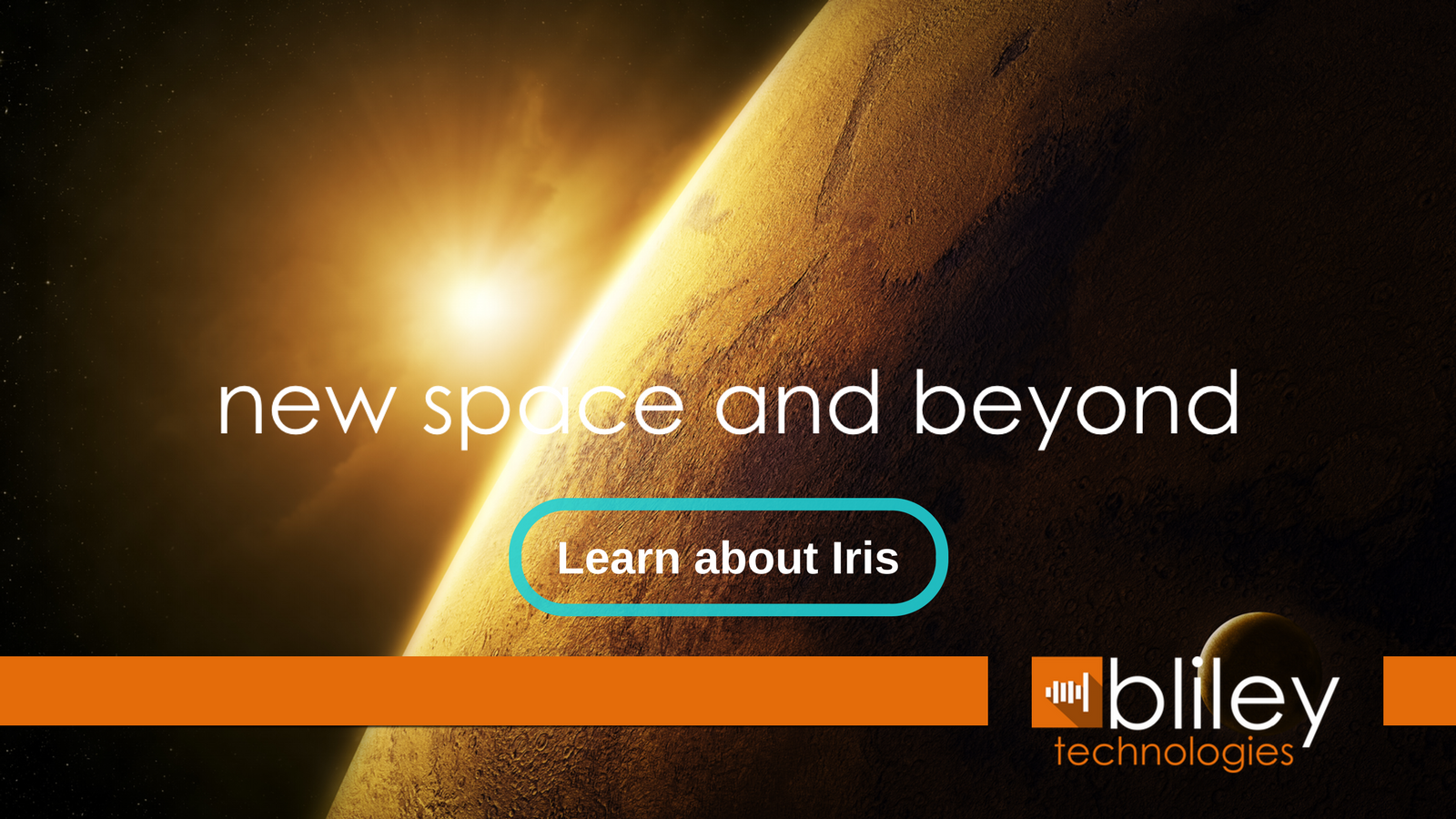
To make the long journey to earth's orbit or beyond, spacecrafts must be designed to have very precise functionality. Even simple vibrations during pre-launch transportation and powered flight can interfere with the spacecraft’s functionality. These simple vibrations come from many different sources and can inhibit the spacecraft from reaching its full potential.
Spacecraft engineers must also be concerned about very small vibrations, known as micro-vibrations, from a spacecraft’s own moving parts as it operates in orbit. Micro-vibrations are typically sinusoidal with the chance of some integer harmonics and random vibration being present.
In this blog, we'll discuss four of the most common sources of vibration and micro-vibration in satellites and spacecrafts, and how you can reduce or prevent them in your application.
Top 4 Sources of Vibration & Micro-Vibration
It's important to understand the sources of vibration in order to prevent or mitigate its effects. Let's review four common sources you should be aware of in your projects.
1. Stepper Motors
A stepper motor divides a full rotation into a number of equal steps, creating vibrations between the steps. Common uses of a stepper motor include:
- Driving solar arrays
- Pointing antennas
- Operating hold-down and release mechanisms
2. Cryocoolers
As the name implies, space cryocoolers are used to cool sensitive spacecraft components to cryogenic temperatures. Some instruments that use cryocoolers to keep cool (and thus maintain their functionality) include:
- Infrared detectors
- Gamma-ray detectors
- X-ray detectors
Inside a cryocooler, hydrogen or helium is cooled from a gas to a liquid and then heated back to gas form. Most of the vibration comes from rotating and reciprocating parts in the cryocooler’s compressor as it processes the gas through its phase changes.
3. Reaction Wheels
Many spacecrafts use reaction wheels for attitude control, which controls the orientation of an object with respect to an inertial frame of reference or another entity. Generally, three to four reaction wheels driven by electric motors are used together. Their main function is to rotate the spacecraft in tiny increments when pointing an antenna, laser, or telescope in a very specific direction.
Much of the vibration from reaction wheels comes from:
- Electrical motor noise
- Rotating imbalance
- Bearing disturbances
- Angular acceleration
Many of these vibration disturbances can be lessened by isolation or various dampening techniques.
4. Non-Moving Sources
Significant vibrations can even occur from non-moving sources. Some common non-moving sources on a spacecraft may include:
- Electronics
- Sensors
- The release of strain energy at various joints, latches, or hinges
- The bending of solar arrays, antennas, etc. due to rapid changes in temperature
Related: 4 Applications That Require Ultra-Stable Oscillators
If you've found this list helpful, you might want to download our free checklist, which includes these and other common sources of vibrations.
How to Reduce the Impact of Vibration & Micro-Vibration
Spacecrafts are so sensitive to vibration in part because of the crystal oscillators on board. Oscillators don’t operate well under various vibrations, and must be designed to withstand vibrations and prevent phase noise.
To instantly reduce this problem, make sure the oscillator is placed as far away as possible from vibrating machinery and components on the spacecraft.
You can also:
- Design the structure of the spacecraft to reduce the micro-vibration transmissibility.
- Decrease micro-vibration by post-processing imagery.
- Reduce the mechanical noise generated by the noise sources or by isolating the noise sources.
Related: Ultra-Stable Oscillators & 5 Elements That Affect Frequency Stability
Go Further with Bliley on Board
We hope this article has helped you better understand how to spot vibrations and micro-vibrations that can significantly affect the functionality of crystal oscillators (and other sensitive components) in satellites and spacecrafts.
At Bliley, we make oscillators specifically designed for demanding applications. Browse our full lines of space oscillators and high-performance ultra-stable oscillators.
Bliley offers reference oscillators designed specifically for New Space applications!







